K2-Pi-Servo
$55.00 – $122.00Price range: $55.00 through $122.00
2 Output String and 16 Servo Cape for Raspberry Pi
NOTE: While all features of the board will work with FPP 7.5, configuration of the Servo parts is much easier with FPP8. Using the latest FPP8 pre-release images is strongly recommended.
NOTE 2: The Pi based pixel controllers will ONLY run at 20fps or 40fps. If you need other frame rates, a Beagle based controller is recommended.
What is it?
The K2-Pi-Servo is a cape for the Raspberry Pi designed to drive ws2811 LED pixels for lights as well as servos for motion. It has two local pixel ports that can each drive 800 pixels (with power injection) at 40FPS. The 16 “Servo” ports can be used to drive servo motors or configured as “Pulse Width Modulation” outputs for standard LEDs.
The K2-Pi-Servo also provides an OLED screen for diagnostic/status information as well as push buttons for navigating the menus.
The Pixel ports are managed with eFuses and thus are completely disabled (no power to the pixels) when no output is necessary. The eFuses also provide current monitoring and fuse trigger alerts. Each port can provide up to 6A of power for the pixels.
The cape, the Pi, and the pixels can be powered from anything between 5V and 24V. There is a separate power terminal for the servos so they can be driven by whatever power requirements they have (typically 5V-6V).
There is also a small header that provides a few GPIO pins for triggers as well as the i2c bus for things like RTC’s and GPIO expanders.
The Pixels use the DPIPixels driver in FPP which allows the Pi’s on-board sound to remain usable. Thus, this controller can completely run various animated props that provide lights, triggers, motion, and sound.
Why did you make it?
Animated Christmas Light displays typically use ws2811 Pixels for things like house outlines, candy canes, tree’s, etc… Recently, many people are adding “motion” to their displays via servos. The K2-Pi-Servo provides a single controller that can drive both the servos and the pixels.
What makes it special?
The two local ports providing 6A of power can handle many situations where a small controller is desirable. The servo controller then provides “motion” for props that move.
The Raspberry Pi will be powered by the same power supply powering the pixels.
You WILL need:
- ws2811 pixels
- A good quality SD card with the latest FPP image installed on it. The latest FPP image can always be found at https://github.com/FalconChristmas/fpp/releases
- A Raspberry Pi – 3B+, 4, or Zero 2 W recommended
- Nylon standoffs or similar to keep the K2-Pi-Servo from touching the various ports on the Pi
| Weight | 5 oz |
|---|---|
| Dimensions | 5 × 4 × 1.5 in |
Be the first to review “K2-Pi-Servo” Cancel reply
You must be logged in to post a review.
Related products
BeagleBone
BeagleBone
BeagleBone
BeagleBone
Raspberry Pi
BeagleBone
Controllers



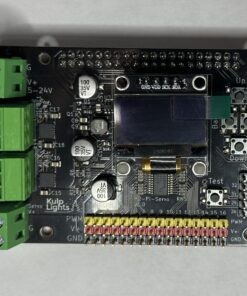

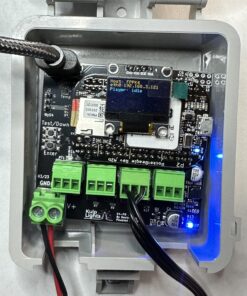
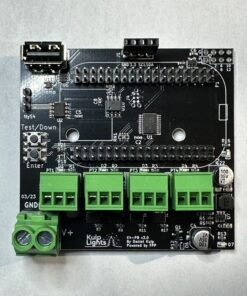
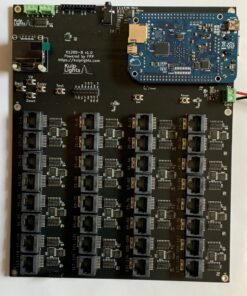
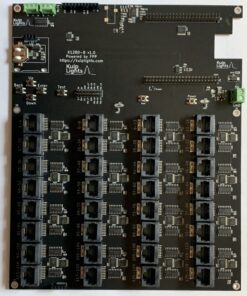
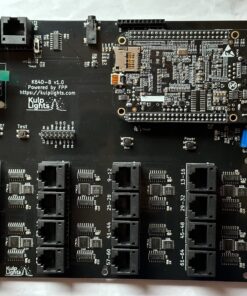
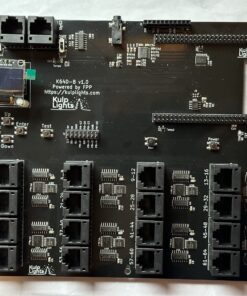

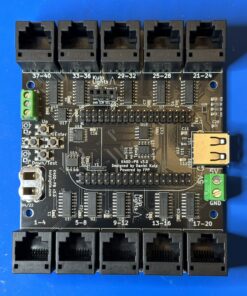

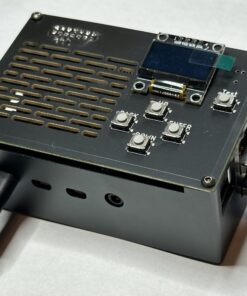
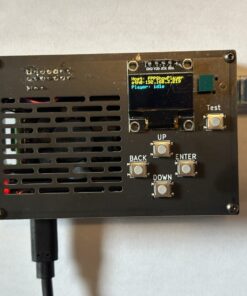
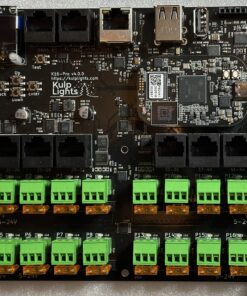
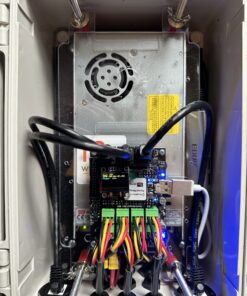
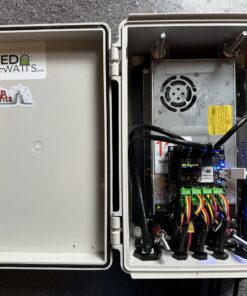
Reviews
There are no reviews yet.